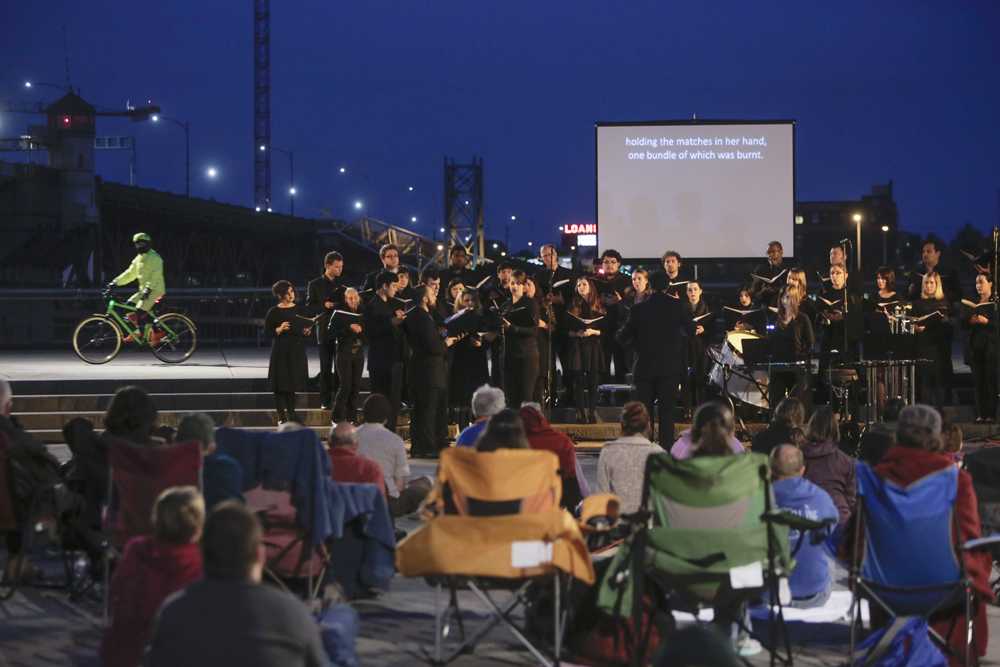Developers who have already obtained permits to build on property affected by voter approval of Measure 49 changes in land use law may have to turn to the courts to decide whether they have gotten far enough to keep building.
After 49, developers face new legal hurdles for property
Developers who have already obtained permits to build on property affected by voter approval of Measure 49 changes in land use law may have to turn to the courts to decide whether they have gotten far enough to keep building.
“Measure 49 is going to keep lawyers employed for decades,” said David Hunnicutt, president of Oregonians In Action, the chief opponent of the measure overwhelmingly approved by Oregon voters on Tuesday.
The new law was widely promoted as a “fix” for problems in Measure 37, the property rights law written by Hunnicutt and approved by voters in 2004.
The goal of Measure 37 was to open up farms and forests for development by requiring the state to compensate qualifying landowners for leaving it undeveloped or to waive regulations for developing it.
Confusion over who qualifies under Measure 37 and challenges to how the law was being interpreted led to Measure 49, which limits development.
Under Measure 49, property owners can either build one to three houses, which requires submitting a building application, or four to 10 houses, which requires proof of depreciated property value to justify the additional building.
Property owners that have previously developed the land under Measure 37 would continue development allowing them to claim a vested right to complete their projects.
But determining whether rights have been vested will mostly be up to the courts, according to state officials and various groups involved in the property rights battle.
“If people come to us and say, ‘Give us your stamp saying we’re vested,'” they will end up going to their county government or the courts to get an answer because the state does not make that determination, said Michael Morrissey, the Measure 37 division manager for the Oregon Department of Land Conservation and Development.
The law firm Davis Wright Tremaine prepared a guide for the Association of Oregon Counties that noted the “issue of vested rights is nebulous” in Oregon courts.
Some cases already on the books offer guidance, but most of the applications are expected to be decided on a case-by-case basis, officials say.
As a result, Hunnicutt said he expected a number of property owners to go to court to file for declaratory judgments in the coming weeks to ensure their property rights are properly vested.
“The only way you’re going to feel safe,” Hunnicutt said, “is with a final judgment from a trial court saying your rights are vested.”
Morrissey said only about 500 property owners of the 7,500 who have filed Measure 37 claims have qualified for the necessary permits so far, and there was no way to determine how many of those 500 had moved forward enough to be considered “vested,” but he suspected it was a relatively small number.
Brian Hines, a neighbor opposed to a new Marion county subdivision on old farmland, said he fears many developers will go ahead and start working on their property in the hope that will help them become “vested” before Measure 49 officially takes effect on Dec. 6, 30 days after the election.
“Most people are trying to live their lives and they have to become land use experts overnight,” Hines said. “They should be able to call up the county and ask when there’s construction next door, is it legal? Measure 49 hasn’t stopped that unfortunately.”



